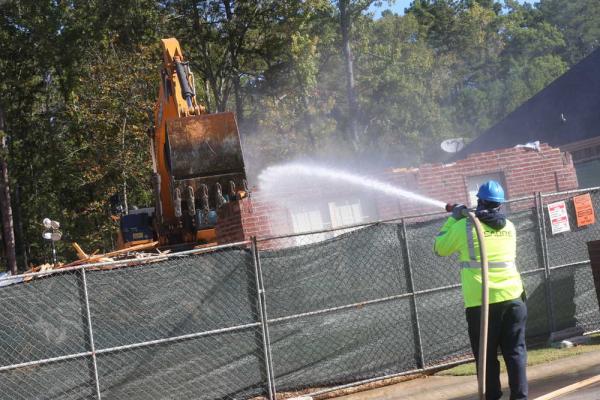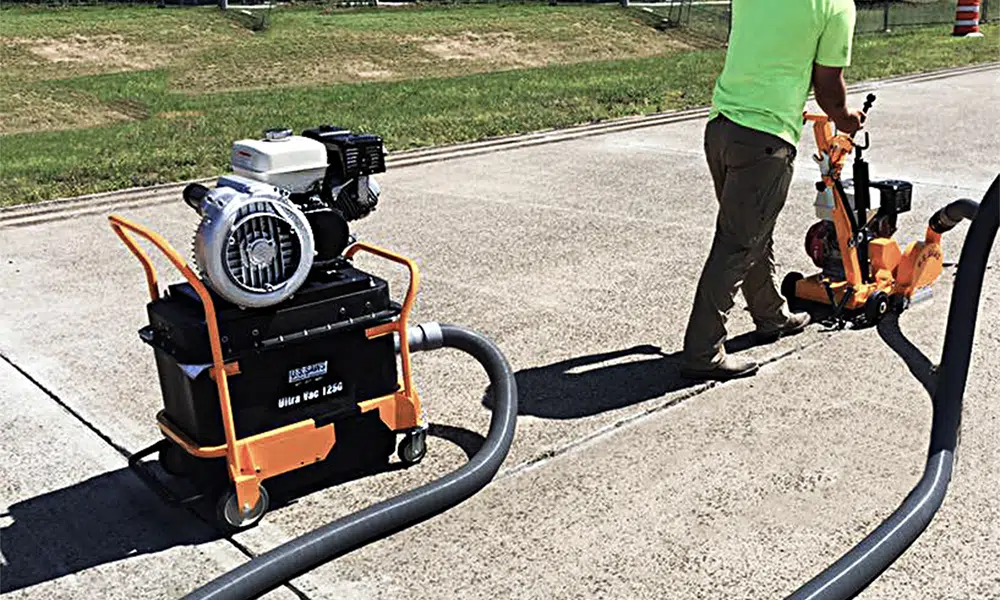Dust is an often-overlooked issue in agriculture, yet its effects can be far-reaching, impacting crop health and worker safety. Farms are dynamic environments where activities like plowing, harvesting, and transporting can generate significant amounts of airborne dust. Left unchecked, this dust can harm crops, pose health risks to workers, and even affect nearby communities. In addition, addressing this challenge is essential for maintaining productivity and safeguarding people and the environment. As the agricultural industry continues to evolve, prioritizing DustControl will remain a key component of sustainable and successful farming practices.
How dust affects crops
Dust can compromise crop health in multiple ways. When particles settle on leaves, they obstruct photosynthesis, resulting in reduced growth and lower yields. In fruit-bearing plants, dust can coat blossoms, interfering with pollination and fruit development. Dust particles can also carry harmful pathogens and pollutants, increasing the risk of health problems. Over time, these effects can degrade the quality of produce and diminish its market value. Dust accumulation on soil surfaces can alter its texture and reduce water infiltration, further stressing plants in dry conditions. Additionally, prolonged exposure to dust can weaken plant defenses, making crops more vulnerable to pests and environmental stressors.
Worker health and safety at risk
For agricultural workers, prolonged exposure to dust presents serious health risks. Dust inhalation can lead to respiratory problems such as bronchitis, asthma, or even chronic pulmonary diseases. In addition to respiratory concerns, dust clouds can impair visibility, increasing the likelihood of accidents when operating machinery. Ensuring worker safety is a critical aspect of agricultural operations, making effective dust suppression measures essential.
Strategies to combat agricultural dust

Mitigating dust requires proactive and adaptable strategies. One effective method is maintaining soil moisture through irrigation or water sprinkling, which helps prevent particles from becoming airborne. However, this approach requires careful water management, especially in arid regions. Another solution is the use of cover crops or vegetative buffers, which stabilize the soil and reduce erosion. For larger-scale operations, advanced technologies like chemical stabilizers and dust suppression systems are gaining popularity. These methods involve applying non-toxic agents to bind soil particles, significantly reducing dust generation. While the initial investment may be high, these solutions offer long-term benefits by preserving soil health and ensuring compliance with environmental standards.
Environmental and community benefits
The benefits of dust control extend beyond the farm. By reducing airborne dust particles, farmers improve air quality for surrounding communities, contributing to better public health. Moreover, effective dust management helps demonstrate a commitment to sustainable and responsible farming practices, fostering goodwill between farmers and their neighbors. Additionally, minimizing dust pollution can help protect local ecosystems by reducing the spread of particulates that may harm plants and wildlife. These efforts not only enhance the environment but also strengthen the reputation of the agricultural industry as a steward of the land.
Addressing dust in agriculture is a multifaceted challenge that requires thoughtful planning and the adoption of effective solutions. Furthermore, it’s an investment in the future of farming. Therefore, by adopting effective dust mitigation strategies, farmers can enhance productivity, ensure worker safety, and contribute to a healthier environment.


